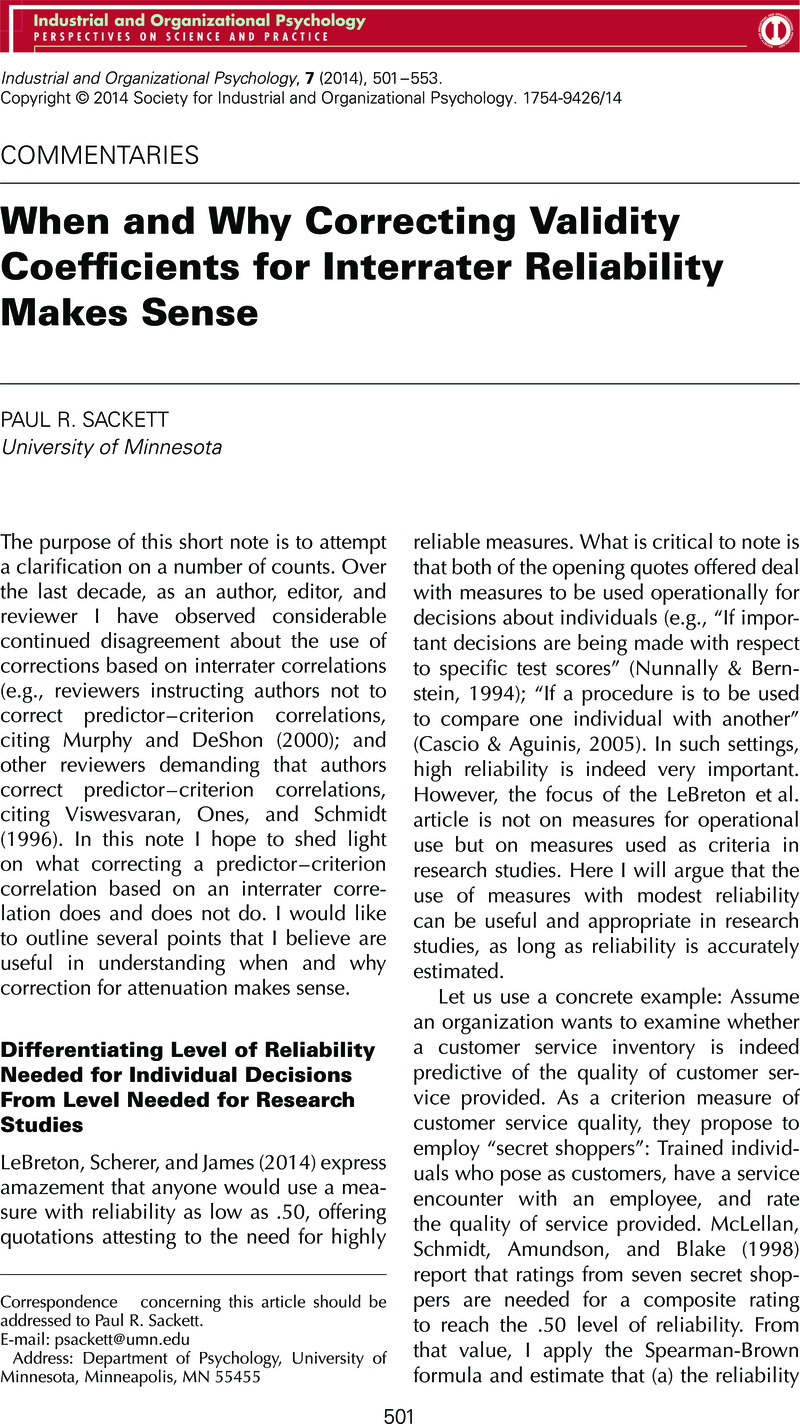Hardison, C. M.,
Sackett, P. R., &
Mitchell, T. W. (
2002, April).
Customer ratings of performance: A useful criterion for validation research? Paper presented at the Annual Conference of the Society for Industrial and Organizational Psychology, Toronto, Canada.
Google Scholar 